Aggregate Products
Looking for high-quality aggregate products for your next construction project? Look no further than our Aggregate Products page! We offer a wide range of materials, including crushed stone, gravel, sand, and more, all of which are carefully sourced and processed to meet the highest standards of quality and consistency. Our team of experts can help you choose the right materials for your specific needs, and we offer flexible delivery options to ensure that your materials are delivered on time and on budget. Whether you’re building a new driveway, laying a foundation, or working on a major construction project, our Aggregate Products page has everything you need to get the job done right.
Gravel
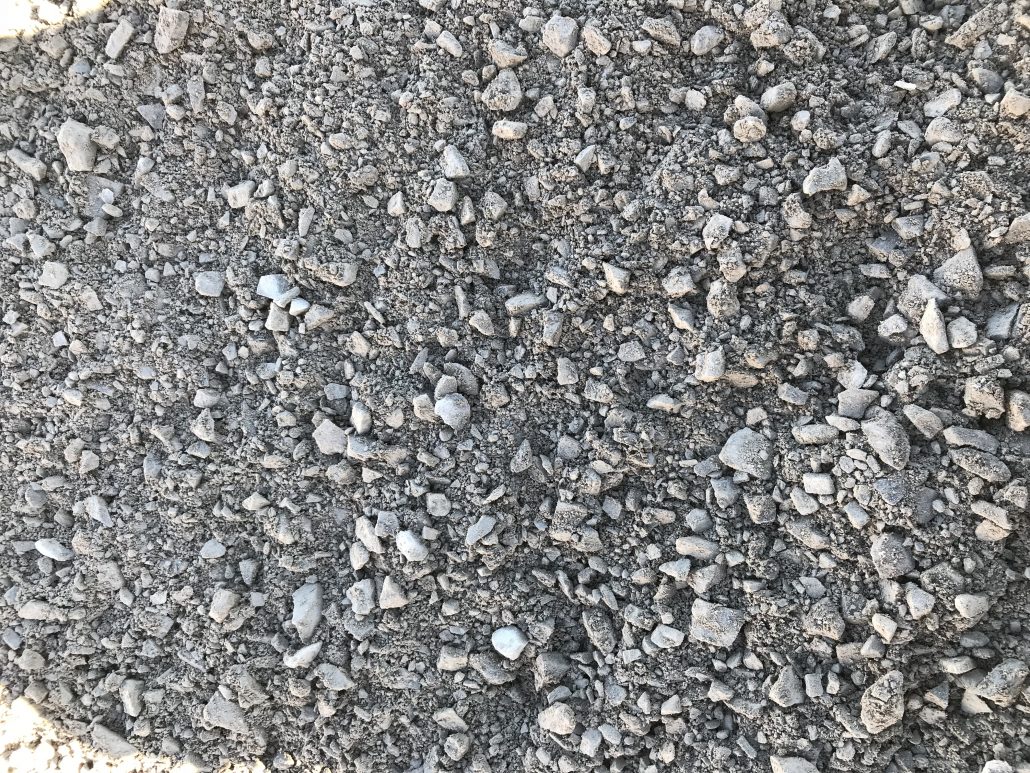
Granular A
Use: Granular A is commonly used as a base material for roads, parking lots, and walkways.
Material: Granular A is a mixture of sand, crushed gravel or rock, reclaimed Portland cement concrete, and reclaimed asphalt pavement. The mixture is required to pass through a 26.5 mm (1 inch) sieve with a limit of 8% on fines and 10% on quarried material. It is a well-graded product that meets provincial specifications (OPSS 1010) and is suitable for use as a base material in a variety of applications. Granular A provides a stable base that can withstand heavy traffic and harsh weather conditions.
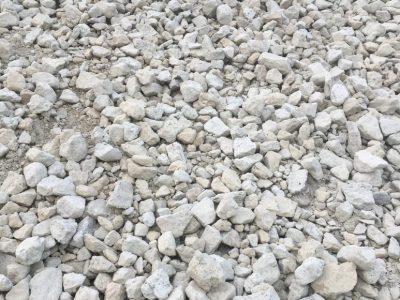
Granular B
Use: Granular A is commonly used as a base material for roads, parking lots, and walkways.
Material: Granular A is a mixture of sand, crushed gravel or rock, reclaimed Portland cement concrete, and reclaimed asphalt pavement. The mixture is required to pass through a 26.5 mm (1 inch) sieve with a limit of 8% on fines and 10% on quarried material. It is a well-graded product that meets provincial specifications (OPSS 1010) and is suitable for use as a base material in a variety of applications. Granular A provides a stable base that can withstand heavy traffic and harsh weather conditions.
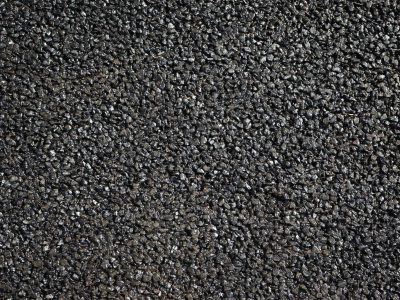
Ashphalt
Use: Asphalt is commonly used for building and surfacing roads, parking lots, and driveways.
Material: Asphalt is a composite material made up of aggregates, such as sand, gravel, and crushed stone, that are mixed together with a binder, typically asphalt cement. The mixture is heated and then laid down as a smooth, even surface on top of a prepared base. The surface can be finished in a variety of ways, including with a smooth or textured surface, and can be painted with road markings or other designs. Asphalt is a durable and long-lasting material that can withstand heavy traffic and harsh weather conditions.
Stone
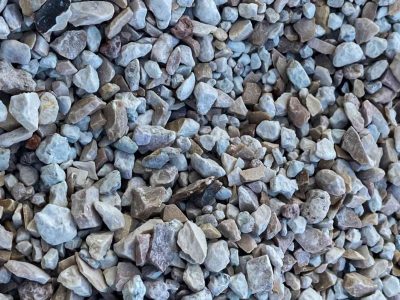
Crushed Stone
Use: Crushed stone is a versatile material used for road base, landscaping, drainage, and construction.
Material: Crushed stone is produced by crushing large rocks and is available in various sizes. The types of rocks commonly used include granite, limestone, trap rock, and dolomite.
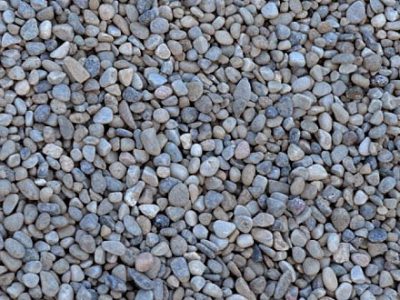
PEA Stone
Use: PEA stone, also known as pea gravel, is a versatile material commonly used for landscaping and decorative purposes, such as walkways, patios, garden paths, and decorative landscaping.
Material: PEA stone is a small, rounded stone typically between 1/8 and 3/8 inches in diameter. It is made from various types of rocks, such as granite, quartz, and limestone, and is available in a variety of colors, including gray, white, and tan.
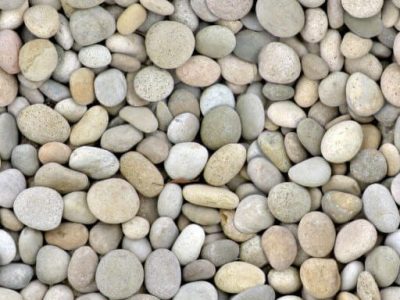
River Round Stone
Use: River round stone is commonly used for water features, decorative landscaping, flower beds, pathways, and retaining walls.
Material: River round stone is a smooth and naturally rounded stone that is typically 1-2 inches in diameter. It is sourced from riverbeds and streams and is made from a variety of rocks such as granite, basalt, and limestone. River round stone is available in a range of colors including gray, tan, and red.
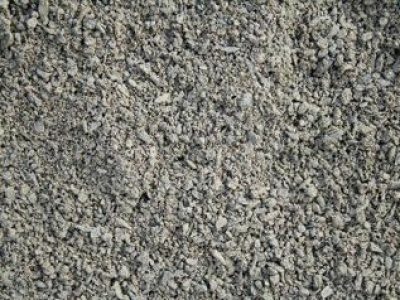
Chip / Dust
Use: Chip/dust is commonly used as a base material for paving stones, walkways, horse arenas, playgrounds, and garden beds.
Material: Chip/dust is made of crushed stone material that ranges in size from dust to 1/4 inch. It is typically made from various types of crushed rock, such as limestone, granite, or trap rock, and is often mixed with a binder like stone dust. Chip/dust is available in different colors and can be used as a top layer for horse arenas or playgrounds, or as a base material for paving stones.
Sand
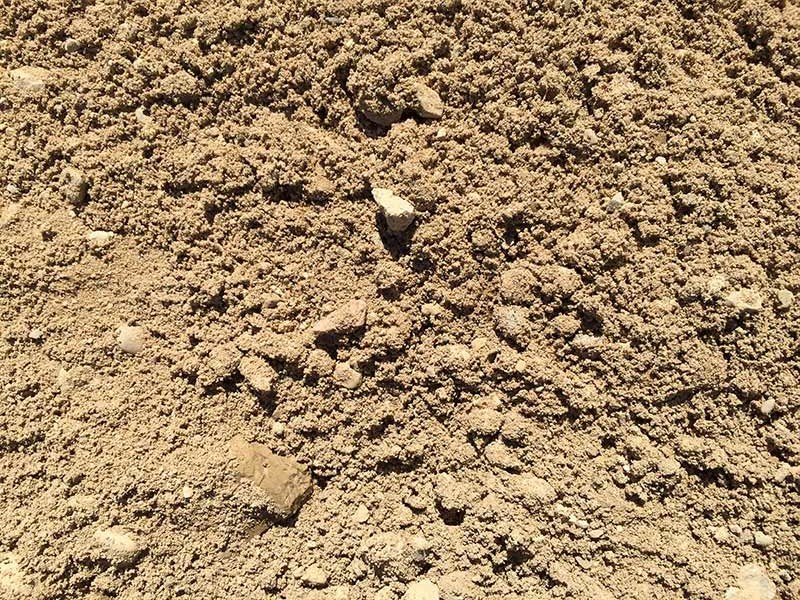
Sandfill
Use: Sanfill is commonly used as a backfill material for utility trenches, sewer pipes, and other underground structures.
Material: Sanfill is a mixture of sand, gravel, and other aggregates that is specifically designed for use as a backfill material in utility trenches and other underground structures. The material is required to meet specific gradation requirements to ensure proper compaction and stability. Sanfill provides a stable foundation that can withstand the weight of the overlying soil and prevent settling or subsidence. It is also permeable, allowing for proper drainage of water and other liquids. Sanfill is an essential component in the construction of utility trenches and other underground structures, ensuring the safety and stability of these structures for years to come.
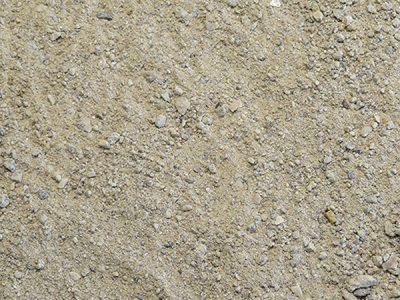
Bedding Sand
Use: Bedding sand is commonly used as a base material for laying pavers and bricks.
Material: Bedding sand is a fine-grained sand that is specifically designed for use as a base material for laying pavers and bricks. It is required to meet specific gradation requirements to ensure proper compaction and stability. Bedding sand provides a stable foundation that helps distribute the load of the pavers or bricks evenly and prevents them from shifting or settling over time. The material is typically laid down in a thin layer and leveled using a screed before the pavers or bricks are placed on top. Bedding sand is an essential component in the construction of durable and long-lasting paver and brick installations.
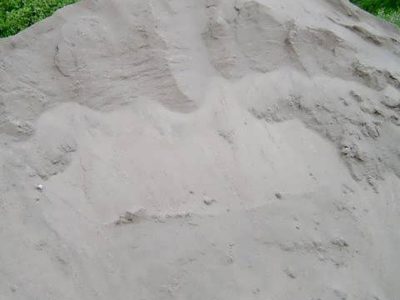
Brick Sand
Use: Brick sand is commonly used as a joint filler between bricks or pavers.
Material: Brick sand is a fine-grained sand that is specifically designed for use as a joint filler between bricks or pavers. It is required to meet specific gradation requirements to ensure proper compaction and stability. Brick sand provides a stable foundation that helps distribute the load of the bricks or pavers evenly and prevents them from shifting or settling over time. The material is typically swept into the joints between the bricks or pavers after they have been laid down. Brick sand is an essential component in the construction of durable and long-lasting brick or paver installations, providing a stable and attractive finish to the project.
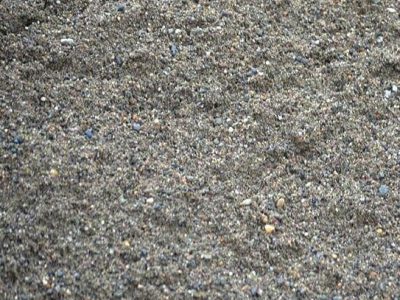
Concrete Sand
Use: Concrete sand is commonly used as a base material for concrete mixtures and as a bedding material for concrete pavers.
Material: Concrete sand is a coarse-grained sand that is specifically designed for use as a base material for concrete mixtures and as a bedding material for concrete pavers. It is required to meet specific gradation requirements to ensure proper compaction and stability. Concrete sand provides a stable foundation that helps distribute the load of the concrete evenly and prevents it from cracking or settling over time. The material is typically mixed with cement and water to create a strong and durable concrete mixture. It can also be used as a bedding material for concrete pavers, providing a stable foundation that helps prevent shifting or settling. Concrete sand is an essential component in the construction of strong and durable concrete structures and paver installations.
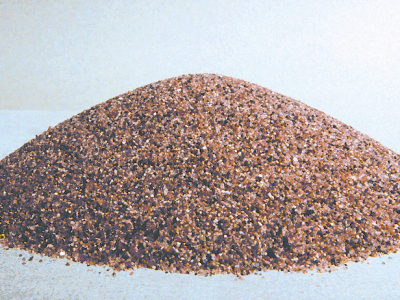
Filter Media Sand
Use: Filter media sand is commonly used in water filtration systems and wastewater treatment plants.
Material: Filter media sand is a specially graded sand that is designed for use in water filtration systems and wastewater treatment plants. It is required to meet specific gradation requirements to ensure proper filtration and removal of impurities from water. Filter media sand provides a stable and porous foundation that allows water to pass through while trapping and removing suspended solids, sediment, and other contaminants. The material is typically used in multi-layer filtration systems, where different grades of sand and other materials are used to create a layered filter bed. Filter media sand is an essential component in the efficient and effective treatment of water and wastewater, providing a cost-effective and sustainable solution for the removal of impurities from water.
Soil and Mulch
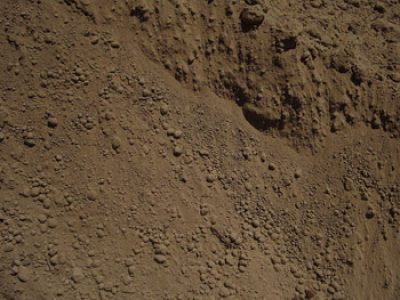
Screened Topsoil
Use: Screened topsoil is commonly used for landscaping, gardening, and planting purposes.
Material: Screened topsoil is a blend of natural soil materials that have been sifted through a screen or sieve to remove large rocks, debris, and other unwanted materials. This process creates a fine, consistent texture that is ideal for planting and growing vegetation. Screened topsoil is typically composed of a mixture of sand, silt, and clay, which provide a balanced nutrient content for plants. It is often used as a base for gardens and lawns, as well as for filling raised beds or planting areas. Screened topsoil can also be used for landscaping projects, such as grading and leveling, or as a foundation for walkways and paths. The material is carefully selected and processed to ensure that it is free from contaminants and meets industry standards for quality and performance.
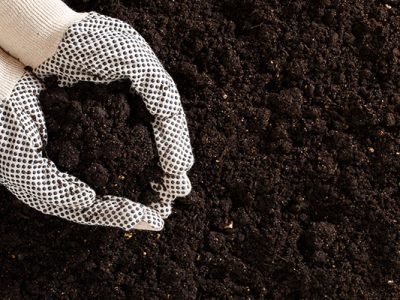
3-Way Blend
Use: 3-Way Blend is a versatile material that is commonly used for gardening, landscaping, and other outdoor projects.
Material: 3-Way Blend is a mixture of topsoil, compost, and sand that provides a nutrient-rich growing medium for plants. The topsoil component is typically screened to remove rocks and debris, while the compost component is made from organic materials, such as leaves and grass clippings, that have been decomposed to create a nutrient-rich soil amendment. The sand component helps to improve drainage and aeration, creating a soil that is ideal for planting and growing. 3-Way Blend is often used for gardening projects, such as vegetable gardens and flower beds, as well as for landscaping and hardscaping projects, such as installing pavers or building retaining walls. The material is carefully blended and processed to ensure that it meets industry standards for quality and performance, providing a reliable and effective growing medium for a wide range of plants and projects.
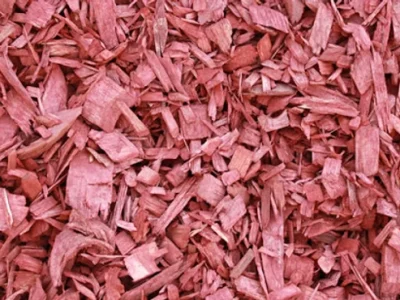
Dyed Woodchips
Use: Dyed Woodchips are a popular material for landscaping projects and garden pathways.
Material: Dyed Woodchips are made from natural wood materials that are processed and dyed to create a colorful and long-lasting ground cover. The wood material used for these chips is typically derived from trees and branches that have been trimmed or removed as part of landscaping or forestry projects. The chips are carefully processed and dyed to ensure that the color is evenly distributed and long-lasting, providing a vibrant and attractive ground cover for gardens, pathways, and other outdoor spaces. The dye used to color the chips is non-toxic and safe for use in gardens and around pets and wildlife. Dyed Woodchips are often used in landscaping projects to create attractive borders, pathways, and mulch beds, and they can also help to suppress weeds and retain moisture in the soil. With their long-lasting color and natural texture, Dyed Woodchips are a popular choice for homeowners, landscapers, and gardeners who are looking for a low-maintenance and attractive ground cover for their outdoor spaces.
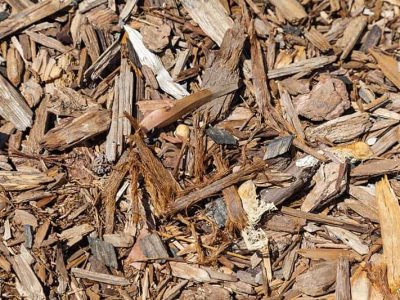
Cedar Bark Woodchips
Use: Cedar Bark Woodchips are commonly used as a decorative ground cover in gardens and landscaping projects.
Material: Cedar Bark Woodchips are made from the bark of cedar trees and are a natural, organic material that is biodegradable and sustainable. The bark is processed and chipped into small pieces, creating a mulch-like material that is ideal for use in gardens, around trees, and as a decorative ground cover in landscaping projects. Cedar Bark Woodchips have a pleasant aroma and a natural, rustic appearance that blends well with a variety of landscaping styles. They are also resistant to insects and decay, which helps to ensure that they last longer and require less maintenance than other types of woodchips. In addition, Cedar Bark Woodchips can help to suppress weeds, retain moisture in the soil, and regulate soil temperatures, making them a popular choice for gardeners and landscapers. With their natural beauty, pleasant aroma, and practical benefits, Cedar Bark Woodchips are a versatile and attractive choice for any outdoor space.